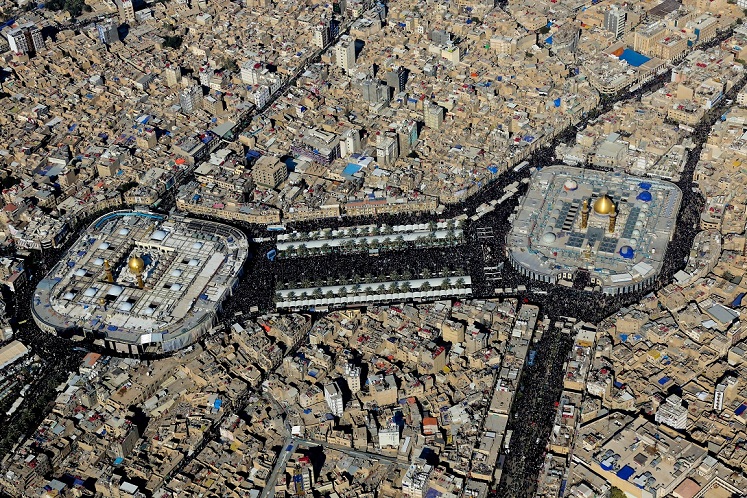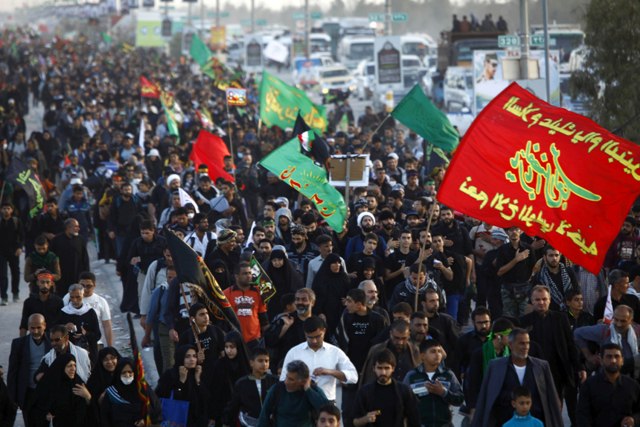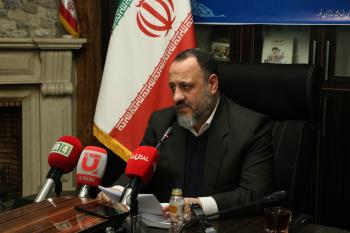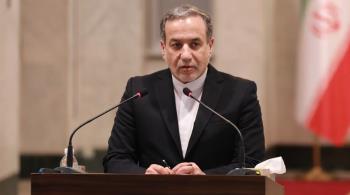Alwaght- Every year, on the day of Ashura and 40 days after, millions of Shiite Muslims converge on the holy city of Karbala to visit the shrine of Imam Hussein. The scene is overwhelming, a human flood overflows in the city as processions and rituals are carried out to commemorate the martyrdom of the revered Imam, grandson of Prophet Mohammad. However, visiting the shrine is not restricted to these days as the site is the destination of many Muslims all year round.
In fact, the wave of pilgrims flocking to the city has never stopped, despite many hardships and obstacles that have stood before them.

Karbal, Bain al-Haramain
The precinct is marked by glorious minarets and golden domes but the beauty of the site is not what attracts its visitors. The mausoleum is built to mark the grave of Imam Hussein and that is good enough reason for pilgrims who consider themselves to be followers of the household of Prophet Mohammad.
Construction and Destruction
Four years after Imam Hussein was buried there, Mukhtar ibn Abu Obaidah Thaqafi built an enclosure around the grave, in the form of a mosque and erected a dome over the grave.
Construction continued for a while before caliph Harun al-Rashid imposed heavy restrictions to prevent people from visiting the grave of Imam Hussein. After his tenure, construction resumed but not for very long as al-Mutawakkil ordered the destruction and excavation of the grave then filling it with water.
His son proved to be different as he allowed visitors to gather at the grave site again. Rebuilding the precinct was therefore possible.
Unlike the Umayyad and Abbasid caliphs, other rulers contributed to the preservation and improvement of the precinct. Fateh Ali al-Qajari, is remembered for overseeing the construction of two domes: one over Imam Hussein’s grave and the other over that of his brother Abu al-Fadl Abbas.
In modern times, the shrine was damaged under the rule of toppled dictator Saddam Hussein. Following an uprising against his regime in 1991, Saddam ordered the army to take vengeance on the Shiites. It took 3 years to complete the repairs which were funded by donations.
More recently, construction work began in 2007 and ended in 2012. A roof was built over the courtyard of the mosque. There are plans to expand the mosque to accommodate the increasing number of pilgrims every year.
Features
The dome perched above Imam Hussein’s shrine is 27 meters high and completely covered with gold.
With an area of 59 m / 75 m, the mausoleum has ten gates and 65 rooms which are used as classrooms for students of Shiite Islam.

Dome of Imam Hussein’s shrine
The grave itself is located in the middle of the precinct. It is referred to as the “Rawda” or garden and it has several doors, the most famous of which is called “Al-Qibla” or “Bab al-Dhahab”.
Abu al-Fadl Abbas, Imam Hussein’s brother, was the standard-bearer in the Battle of Karbala. His shrine is located nearby and bears similar architectural features.
As narrations have it, 72 of Imam Hussein’s companions and family members were martyred on the day of Ashura. They were buried in a mass grave in Karbala as well.
Significance
Up to 8 million pilgrims visit the city to observe Ashura each year and up to 22 million on the Arbaeen from within Iraq and more than 56 countries.
Believers from all around the world seek to receive blessings from the shrine in the hope of spiritual reward and salvation in the hereafter.

Arbaeen is largest pilgrimage gatherings on Earth, in which up to 22 million people go to the city of Karbala in Iraq
Shiite traditions narrate the significance of Karbala while Sunni traditions clearly state the importance of Imam Hussein in the eyes of the holy prophet.
The archangel Gabriel is said to have told Prophet Mohammad about the Battle of Karbala, dubbing the land a sacred place.
“Karbalā, where your grandson and his family will be killed, is the most blessed and the most sacred land on Earth and it is one of the valleys of Paradise.”
Imam Jaafar al-Sadiq, descendent of Imam Hussein, said: “Not one night passes in which Gabriel and Michael do not go to visit him [Husayn].”
Both Sunni and Shiite traditions relate that Prophet Mohammad said: “Hussein is of me and I am of him”.
Pilgrims Attacked
In March 2004, at least six explosions took place during the Ashura commemorations, killing 178 people and wounding 500 others. The attack marked the beginning of a series of explosions that targeted the shrine.
In 2006, suicide bombers infiltrated the crowd between the two shrines killing at least 60 pilgrims. Since then, hundreds of pilgrims have been killed at the holy site.
However, security measures have been heightened to the utmost level in an attempt to prevent more bloodshed.
At the same time, pilgrims have not been deterred by this threat and the increasing number of visitors who head to Karbala every year stands as proof of that.



























